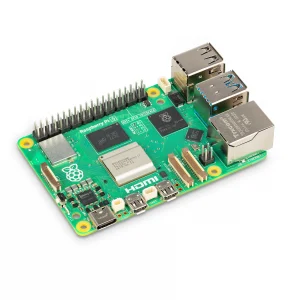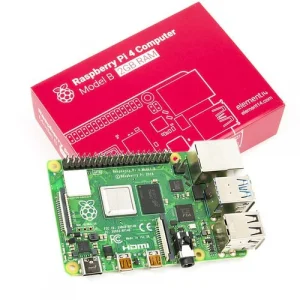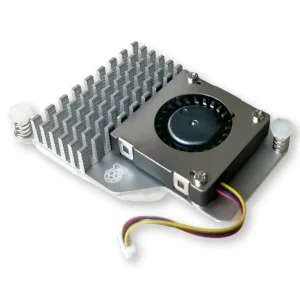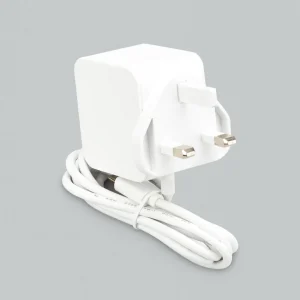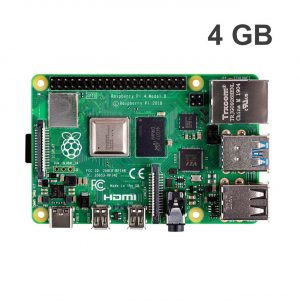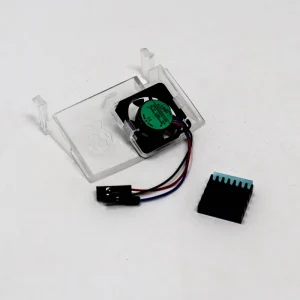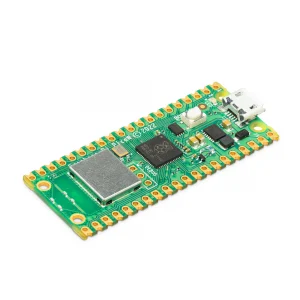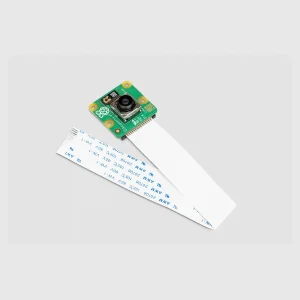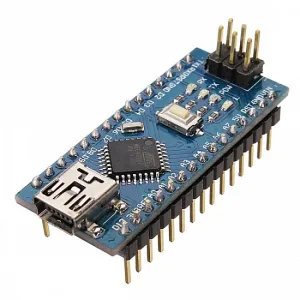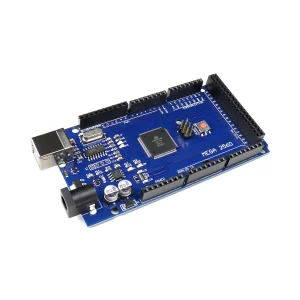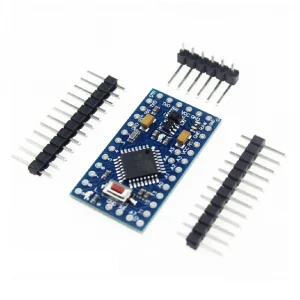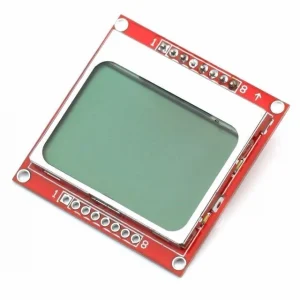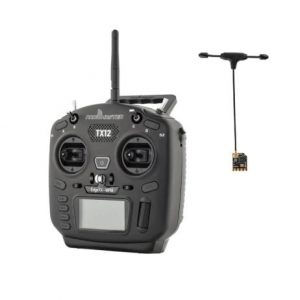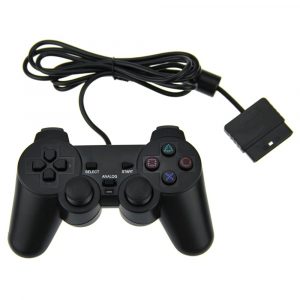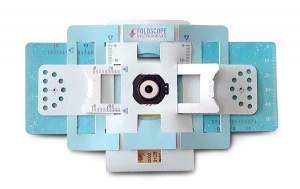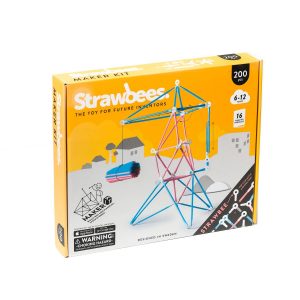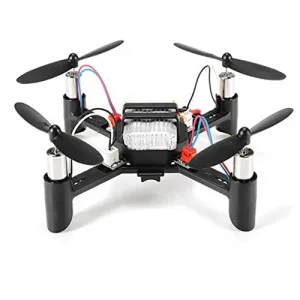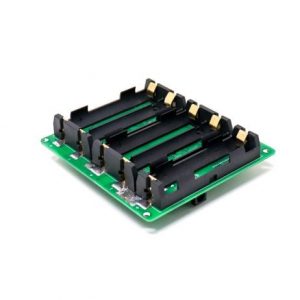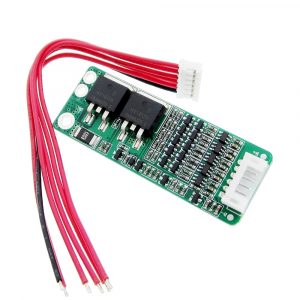-
₹6,949Original price was: ₹6,949.₹6,750Current price is: ₹6,750. -
₹3,900
-
₹152
-
₹423
-
₹762
-
₹364
-
₹927
-
₹4,700
-
₹338Original price was: ₹338.₹253Current price is: ₹253. -
₹19
-
₹11
-
₹927
-
₹3,089
-
₹286
-
₹592
-
₹2,750
-
₹228
-
₹1,186
-
₹2,299
-
₹237
-
₹6,779
-
₹169
-
₹211
-
₹269
-
₹152
-
₹927
-
₹338Original price was: ₹338.₹253Current price is: ₹253. -
₹11
-
₹1,700
-
₹349
-
₹3,500Original price was: ₹3,500.₹2,700Current price is: ₹2,700. -
₹1,900
Testimonials
I repeatedly buy components from Aryabot and rely on their quick services and high quality components

Santosh
Hobbyist

